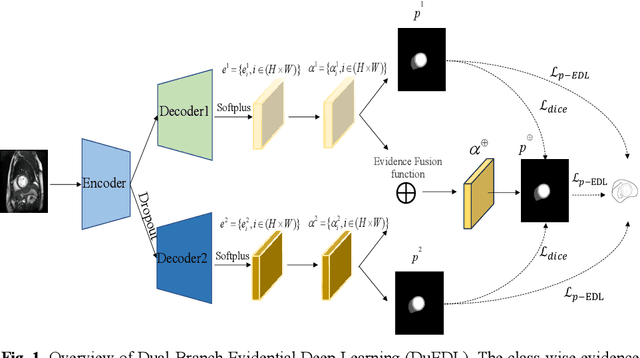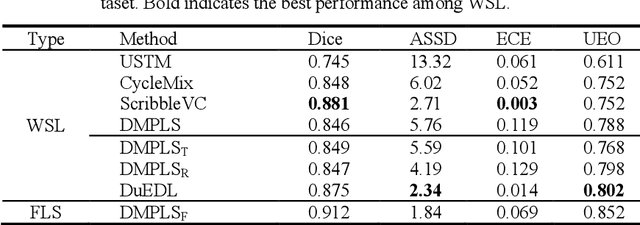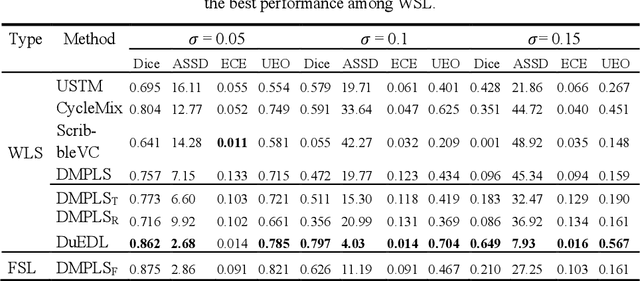Yitong Yang
FantasyStyle: Controllable Stylized Distillation for 3D Gaussian Splatting
Aug 11, 2025Abstract:The success of 3DGS in generative and editing applications has sparked growing interest in 3DGS-based style transfer. However, current methods still face two major challenges: (1) multi-view inconsistency often leads to style conflicts, resulting in appearance smoothing and distortion; and (2) heavy reliance on VGG features, which struggle to disentangle style and content from style images, often causing content leakage and excessive stylization. To tackle these issues, we introduce \textbf{FantasyStyle}, a 3DGS-based style transfer framework, and the first to rely entirely on diffusion model distillation. It comprises two key components: (1) \textbf{Multi-View Frequency Consistency}. We enhance cross-view consistency by applying a 3D filter to multi-view noisy latent, selectively reducing low-frequency components to mitigate stylized prior conflicts. (2) \textbf{Controllable Stylized Distillation}. To suppress content leakage from style images, we introduce negative guidance to exclude undesired content. In addition, we identify the limitations of Score Distillation Sampling and Delta Denoising Score in 3D style transfer and remove the reconstruction term accordingly. Building on these insights, we propose a controllable stylized distillation that leverages negative guidance to more effectively optimize the 3D Gaussians. Extensive experiments demonstrate that our method consistently outperforms state-of-the-art approaches, achieving higher stylization quality and visual realism across various scenes and styles.
Prompt-Softbox-Prompt: A free-text Embedding Control for Image Editing
Aug 27, 2024Abstract:Text-driven diffusion models have achieved remarkable success in image editing, but a crucial component in these models-text embeddings-has not been fully explored. The entanglement and opacity of text embeddings present significant challenges to achieving precise image editing. In this paper, we provide a comprehensive and in-depth analysis of text embeddings in Stable Diffusion XL, offering three key insights. First, while the 'aug_embedding' captures the full semantic content of the text, its contribution to the final image generation is relatively minor. Second, 'BOS' and 'Padding_embedding' do not contain any semantic information. Lastly, the 'EOS' holds the semantic information of all words and contains the most style features. Each word embedding plays a unique role without interfering with one another. Based on these insights, we propose a novel approach for controllable image editing using a free-text embedding control method called PSP (Prompt-Softbox-Prompt). PSP enables precise image editing by inserting or adding text embeddings within the cross-attention layers and using Softbox to define and control the specific area for semantic injection. This technique allows for obejct additions and replacements while preserving other areas of the image. Additionally, PSP can achieve style transfer by simply replacing text embeddings. Extensive experimental results show that PSP achieves significant results in tasks such as object replacement, object addition, and style transfer.
DuEDL: Dual-Branch Evidential Deep Learning for Scribble-Supervised Medical Image Segmentation
May 23, 2024



Abstract:Despite the recent progress in medical image segmentation with scribble-based annotations, the segmentation results of most models are still not ro-bust and generalizable enough in open environments. Evidential deep learn-ing (EDL) has recently been proposed as a promising solution to model predictive uncertainty and improve the reliability of medical image segmen-tation. However directly applying EDL to scribble-supervised medical im-age segmentation faces a tradeoff between accuracy and reliability. To ad-dress the challenge, we propose a novel framework called Dual-Branch Evi-dential Deep Learning (DuEDL). Firstly, the decoder of the segmentation network is changed to two different branches, and the evidence of the two branches is fused to generate high-quality pseudo-labels. Then the frame-work applies partial evidence loss and two-branch consistent loss for joint training of the model to adapt to the scribble supervision learning. The pro-posed method was tested on two cardiac datasets: ACDC and MSCMRseg. The results show that our method significantly enhances the reliability and generalization ability of the model without sacrificing accuracy, outper-forming state-of-the-art baselines. The code is available at https://github.com/Gardnery/DuEDL.
 Add to Chrome
Add to Chrome Add to Firefox
Add to Firefox Add to Edge
Add to Edge